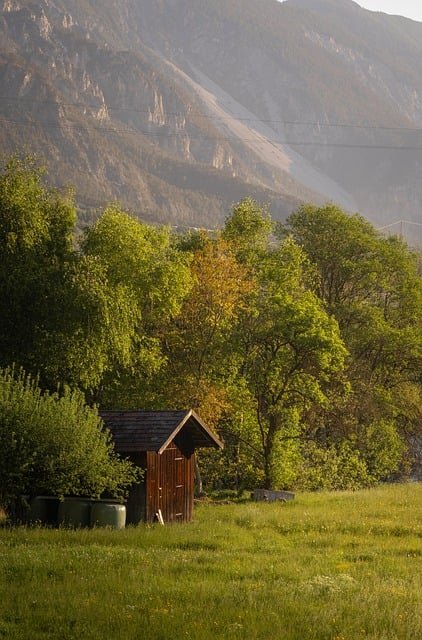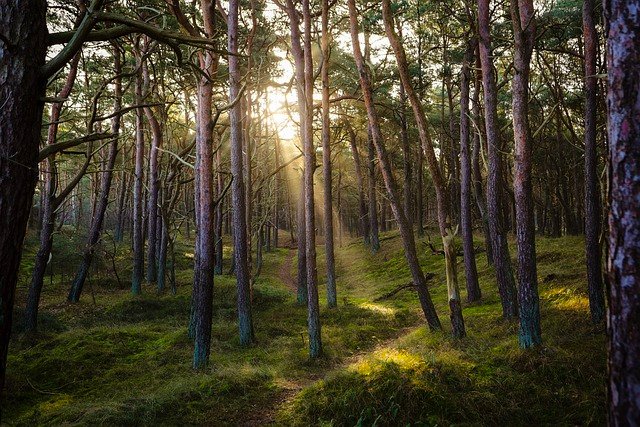**Title: "The Evolution of Storytelling in Video Games

The Secret Lives of Urban Wildlife: Adapting
Urban environments are often seen as concrete jungles, bustling with human activity and technology. However, beneath the surface of city life lies a vibrant world of wildlife that has adapted to thrive in these bustling habitats. From raccoons rummaging through trash cans to peregrine falcons nesting on skyscrapers, urban wildlife is both fascinating and resilient. Let’s explore the secret lives of these remarkable creatures and how they have adapted to urban living.
The Great Adaptation
Urban wildlife has developed unique strategies to survive and thrive in environments that are often hostile to traditional wildlife. Here are some key adaptations:
1. Resourcefulness
Many urban animals have become adept at finding food in unconventional places. For instance, raccoons and squirrels have learned to navigate human structures to access food sources. This resourcefulness often leads them to forage through trash bins or raid bird feeders.
2. Nesting in Unlikely Places
Birds like pigeons, sparrows, and even owls have adapted their nesting habits to urban settings. High-rise buildings and bridges provide ample nesting sites, while parks serve as green oases for various species. Some birds even use human-made materials, such as plastic and metal, to build their nests.
3. Behavioral Changes
Urban wildlife often exhibits altered behaviors to cope with human presence. For example, many animals have become nocturnal to avoid daytime human activity. This shift can be observed in species like foxes and coyotes, which are now more active at night.
4. Tolerance of Humans
Over time, some urban wildlife has developed a surprising level of tolerance towards humans. Certain species, such as pigeons and squirrels, have become accustomed to human presence, allowing them to forage and thrive in busy urban areas.
The Impact of Urbanization
While urbanization presents challenges for wildlife, it also offers new opportunities. The creation of parks, green roofs, and wildlife corridors can enhance urban habitats. These spaces not only provide refuge for wildlife but also help maintain biodiversity within cities.
Case Study: The Red-tailed Hawk
One of the most iconic examples of urban wildlife adaptation is the red-tailed hawk. These birds of prey have taken to nesting on skyscrapers and hunting in urban parks. Their presence in cities is a testament to their adaptability and resilience. By preying on rodents and other small animals, they play a crucial role in maintaining the ecological balance within urban environments.
Conclusion
The secret lives of urban wildlife are a testament to nature’s resilience and adaptability. As cities continue to grow, it’s essential to recognize the importance of coexistence with these remarkable creatures. By fostering green spaces and promoting wildlife-friendly practices, we can help create a harmonious environment where both humans and wildlife can thrive.
Get Involved!
- Support Local Conservation Efforts: Join or donate to organizations that promote urban wildlife conservation.
- Create Wildlife-Friendly Spaces: Plant native flora in your garden to attract local wildlife.
- Observe Responsibly: Enjoy watching urban wildlife from a distance and avoid disturbing their natural behaviors.
Let’s celebrate the incredible adaptability of urban wildlife and work together to ensure their survival in our ever-changing cities!

All images are taken from the Pixabay.com